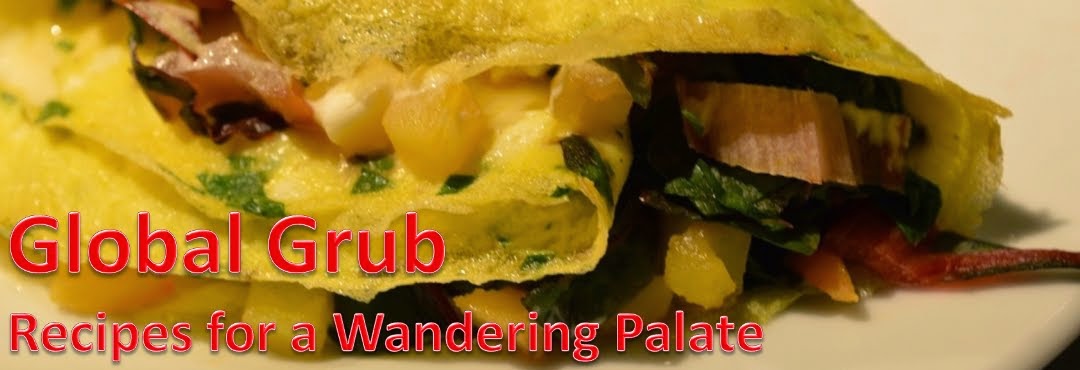Culturally Insensitive Language Training
In Thai, there are a number of words which are used strangely, and a small number which you can always hang your hat on. I think I've finally got a small piece of this figured out. So let me lay some words on you, and you can try to remember them so you don't make the same restaurant ordering mistakes that I did:
"Pad" - stir-fried. Not an especially helpful word.
"Gai" - chicken. Pretty straightforward.
"Prik" / "Phrik" - chile peppers. Got it.
"Khing" - ginger. Wait, galangal. Wait, all of the above. Ah, here's the problem - people who try to translate this don't know what they're talking about! What they mean to say is that "khing" most likely means rhizome, which in turn encompasses both ginger and galangal. In this context, it means galangal.
So, when you see the phrase "prik khing", you may think you're getting chile and ginger sauce, when in fact you are not. This is even more confusing when you consider that there is a dish called "pad khing", which IS a dish of stir-fried ginger and other vegetables (recipe coming soon). But no, prik khing refers to a paste made of roasted chiles and assorted aromatics, to include galangal and lemongrass. If you just pick up a can of the stuff, you will see an almost identical list of ingredients compared to red curry paste, but this paste is prepared in a completely different way, which I know nothing about, but which I gather involves roasting the chiles first, much like you would do to create chipotles from jalapenos or anchos from poblanos.
Moving on. This is a very common Thai dish, and strongly resembles a curry but without the use of coconut milk. And since the name gives away very little, it is almost always a stir-fry of green beans (or long beans), often with meat, and usually with some kind of fresh pepper in there. I absolutely love this dish, and until recently had been making it with red curry paste. It was probably about 80% as good as if you use prik khing curry paste, but if you can find it I say go for the real thing because it has a certain complexity that red curry paste doesn't have. And definitely don't hold back on the use of the paste, either. I used a whole can, and didn't feel like it was overpowering at all.
This dish comes together really quickly, and despite having a relatively short list of ingredients it packs a wealth of complex flavors. I guess that's because the work was already done preparing the curry paste; be thankful I'm not asking you to make your own... yet.
Pad Prik Khing Gai
By numerous sources
- 1 4 ounce can prik khing curry paste (Maesri brand is fairly common)
- 1/2 cup chicken, sliced thinly
- 2 cups green beans (or Chinese long beans), cut into 1-2" pieces
- 1/2 cup water
- 3-4 kaffir lime leaves, sliced thinly
- 1/2 red bell pepper, sliced
- 1 tbsp fish sauce
- 1/2 tbsp white or palm sugar
- 2 Thai chiles, sliced thinly (optional)
- 1 tbsp canola oil
| Gather up the fairly short list of ingredients. Feel free to switch out the meat or the peppers for others, but definitely include green beans or long beans |
Heat oil over medium high heat. Add the prik king chili paste and fry for 1-2 minutes. Now add the chicken (or whatever protein), coat with the chili paste, and let them cook until they are done. If the pan gets too dry while the meat is cooking, add some water, a few tablespoons at a time.
| Stir-fry the curry paste to bring out the flavors, and attempt to gas your friends out of the house. |
| Add the meat and stir-fry in the paste |
Add the green beans, Thai chiles, and bell pepper slices and some more water, again a little at a time, until they are almost cooked. Add the kaffir lime leaves, sugar, and fish sauce. Taste and adjust the seasonings as needed. Once the beans are fully cooked, serve over jasmine rice.
| Stir-fry the remaining ingredients for a few minutes, adding water as necessary, then add the sauce components and serve immediately |
